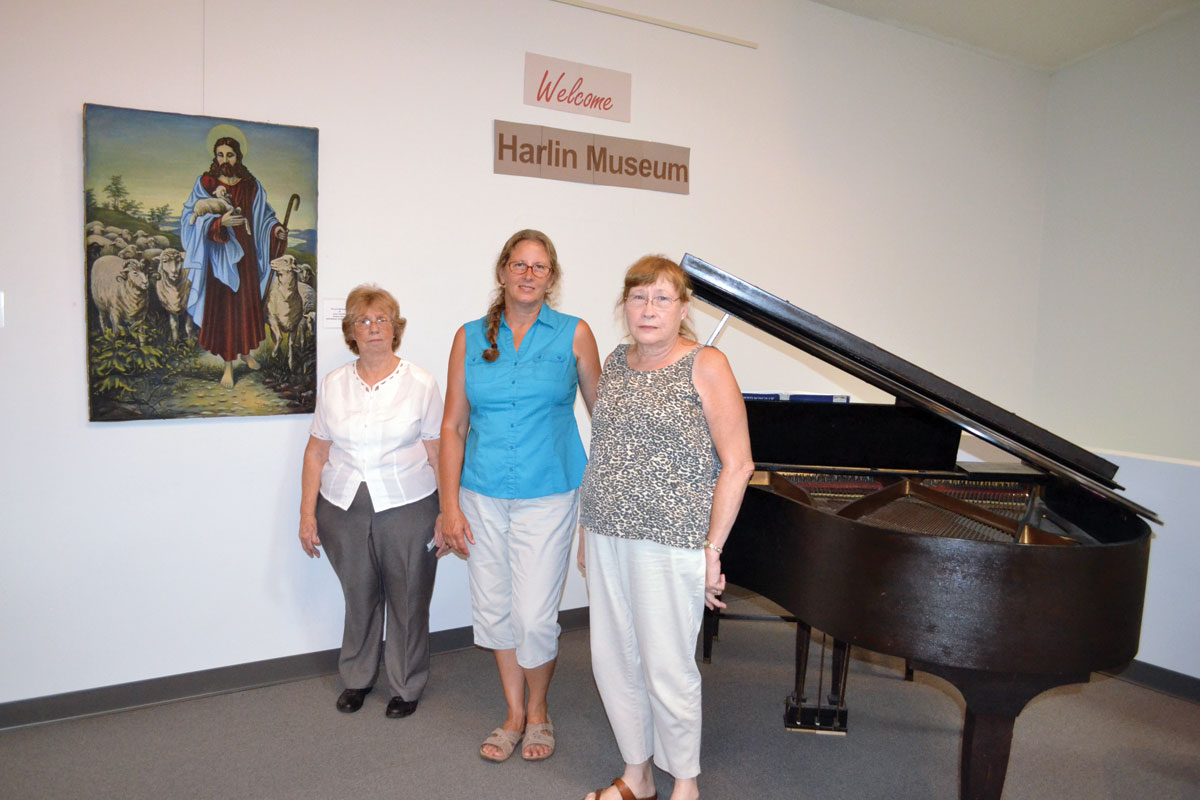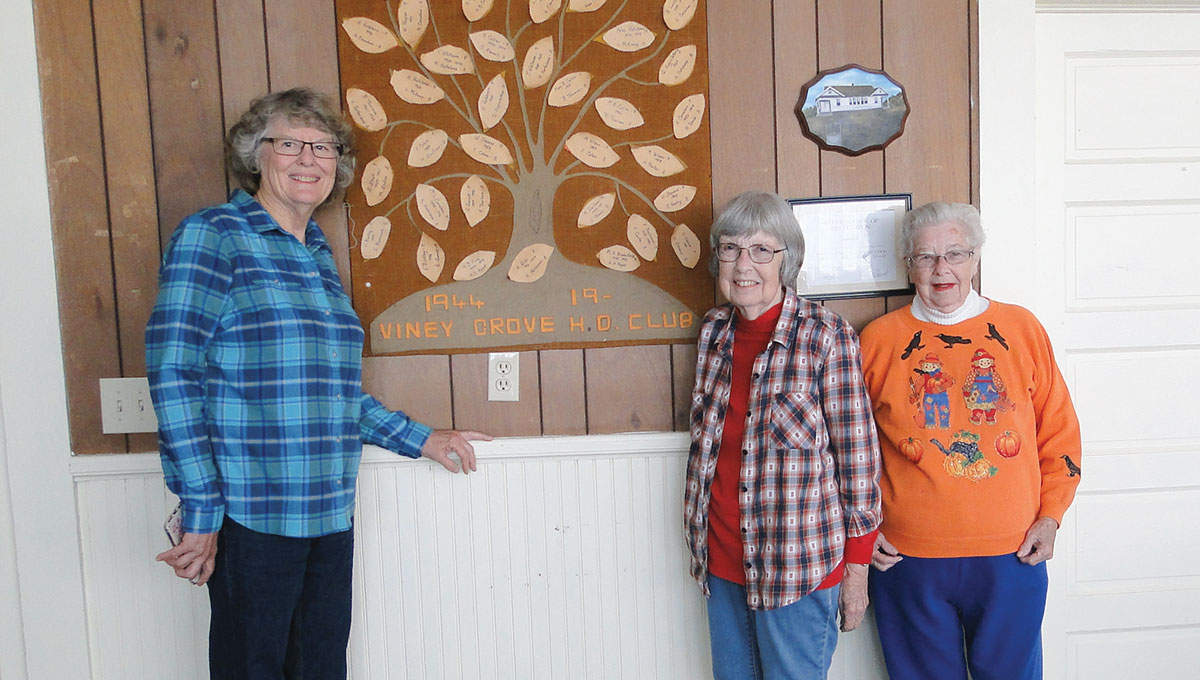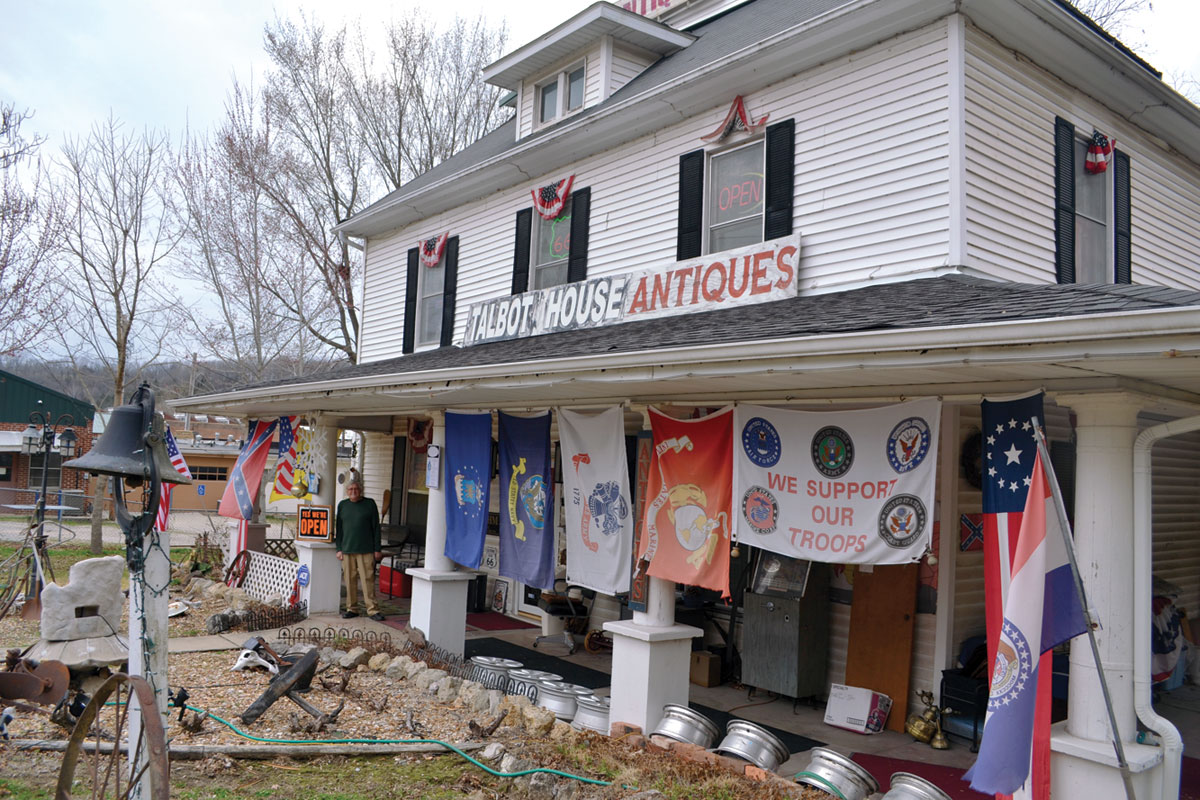
Howell County, Mo., museum celebrates the history of the Ozarks way of life
Every small town in the Ozarks has its own unique history, but few can boast of a jewel like the well-kept Harlin Museum of West Plains, Mo.
Located in Howell County and named after James P. Harlin, president of the Howell County Bank in 1908, president of the National Bank of West Plains in 1922 and mayor of West Plains for 32 years, the Harlin House was built in 1889. The house itself still stands next to the more modern addition of the current museum, which includes a gallery and downstairs display area. The museum has been open since 1975 and is open year round.
Gladys Morris, museum board president and a volunteer since 2010, along with her staff of active volunteers, offer an in depth look at pioneer life in the Ozarks through various displays, paintings, charcoal drawings, artifacts, including a Native American collection, clothing, and antiques, including a full-sized wagon built by a local West Plains wagon maker in 1905.
“The many things we have here tell the stories of a way of life here in the Ozarks,” Gladys explained.
It is an introduction to this exceptional historical offering she has given many times to the 100-plus visitors the museum welcomes each month.
One of the museum’s dearest treasures is the nearly complete collection of the charcoal drawings and other illustrations of Lennis L. Broadfoot, a Shannon County, Mo., native, born in Eminence, Mo., and a professional illustrator. Born in 1891, he returned to his home area later in life in the 1930s to complete his best known work, a book entitled Pioneers of the Ozarks, A portrait of early Ozarks life. His various works of art are displayed throughout the museum and more than 50 of his charcoal drawings, many hovering around 100 years old now, still wait patiently to be framed for display.
“From childhood, he loved drawing and he made sketches of everyone he met and wrote a story about each one. Those stories became the basis for his book, years later. The only ones we don’t have here at the museum are the ones he gave to family and friends along the way.
“Our hope is to get families to sponsor those individual works and help us to frame each one,” Gladys added. “We are totally non-profit and completely dependent on donations and our volunteers.
“My favorite part of this work is going into the Harlin House where we still have so many things stored and discovering some new treasure that I did not even know was there.”
To encourage local interest and participation in museum activities by visitors and local residents alike, the museum sponsors various activities throughout the year, including a spring art show, a fall bazaar and art show, a photography show, a winter season textile and sculpture show, an annual high school art competition and show, a Christmas festival featuring a model railroad display and a monthly Gala Night at the Museum, the first Friday of each month. The winter textile show includes a quilt show that highlights the telling of a quilt story history.
“Our Gala often include a guest speaker and refreshments, as well as a focus on a particular subject or special historical focus. For instance, a recent Gala Night was about hunting, fishing and trapping, which were once survival skills and a way of life here in the Ozarks and are still popular with many in our community. We had an excellent guest speaker from the Missouri Department of Conservation who shared about the continued interest in these activities. We hold these programs in the evening so that working people in our community are able to attend. Last December alone, we had 400 visitors, to come and enjoy our rotating art displays, Gala Night and Christmas art show. We also have on-going displays of artifacts from Major League baseball players from the area, including signed World Series baseballs”
Other curious items on display that spark an interest in various incidents in the area’s past include a Civil War cannonball found in a nearby farm field, tools and common household items once deemed essential for a home on the frontier, and a burned saxophone found in the ashes of the 1928 West Plains dance hall explosion, the area’s worst disaster. The museum board remains grateful to various individuals who have donated specific art and historical collections over the years.
“We hold painting classes for adults on Saturday, an After School Monday program for school aged children that includes art classes and summer programs,” Gladys concluded.
A true appreciation of their local history is a community-wide affair in Howell County, Mo., one that is celebrated and supported by many, including the dedicated team of volunteers at the Harlin Museum of West Plains.








The Harlin Museum has lots to offer like monthly rotating art shows, demonstrations, and celebrations! You can learn more at the museum’s website: http://www.harlinmuseum.com